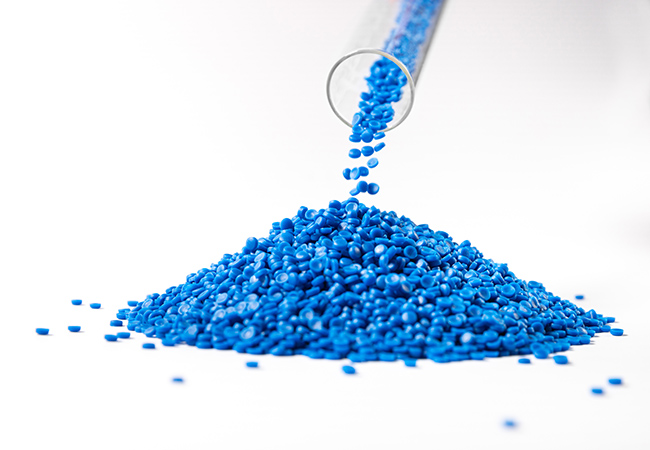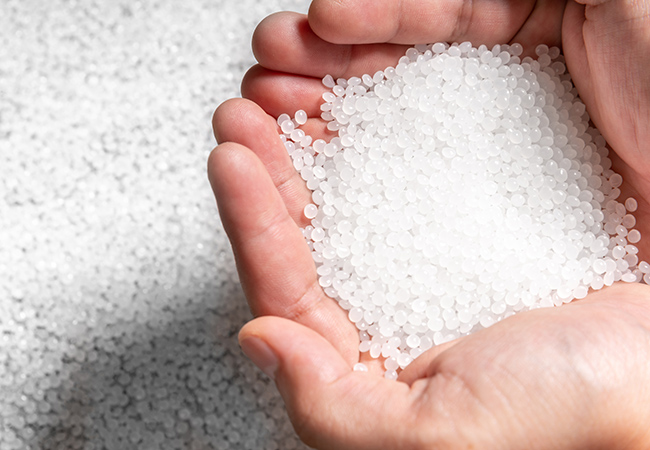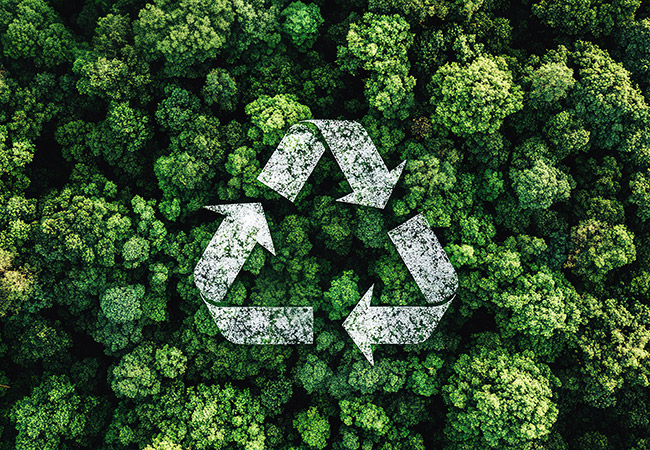Formerra & REACH Compliance
Formerra meets all obligations under the EU’s vitally important REACH regulation for the distribution of chemical substances. Let our REACH compliance experts save you significant cost and time-to-market by navigating the complex regulatory landscape for you.

What is REACH?
REACH stands for Registration, Evaluation, and Authorisation and Restriction of Chemicals, and the regulation applies to chemical substances that are manufactured or imported into the European Union (EU) in quantities of one tonne or more per year.
The purposes of REACH, as stated by the European Commission, are as follows:
- “Ensure a high level of protection of human health and the environment against harmful substances
- Assess the safety of chemical substances in use in the EU
- Promote innovation and competitiveness [in the EU chemicals industry]
- Promote alternative (non-animal) methods for the assessment of the hazards of substances.”

Who Does REACH Affect?
REACH applies to all chemical substances that are manufactured, imported, placed on the market, or used within the EU regardless of industry or use-case.
While companies established outside the EU are not legally bound by REACH, the company importing the product will be responsible for its compliance.

How Does REACH Compliance Work?
In order to comply with REACH, companies must register their substances with ECHA, providing details on the substance’s properties and uses, as well as an assessment of potential hazards, risks, and how these risks will be managed.
The registration is processed through ECHA. ECHA and governing bodies of the EU member states then perform evaluations of registration dossiers, testing proposals, and substances.
If a substance is determined to be too great a risk or the company cannot adequately ensure safe management, the substance may be restricted, subject to prior authorization, or outright banned from the market.

Challenges of REACH Compliance
As REACH is all about safety and environmental impact, requirements are extremely strict and complex. Registration entails detailed, accurate substance identification as well as thorough risk assessments and proposals.
This process is heavily time-consuming, often taking several months to years depending on submission complexity. ECHA recommends starting to prepare at least a year before submission deadline, even for relatively simple substances.
Once registration is submitted, it typically takes up to three weeks to receive ECHA’s decision. Any inaccurate, missing, or out-of-date information will result in failure, at which point, the registrant must begin the submission process all over again.
The time spent on this process can lead to significant delays in market entry, as the substance cannot be distributed until REACH certification is achieved.
The process can also be very costly. Companies must pay REACH registration fees to ECHA, which range depending on company size and tons of substance, among other factors. The information required to submit the dossier will also incur its own costs, as it will necessitate studies and testing.
Additional fees are required for appeals and updates to dossiers.

Formerra is REACH-Ready
The REACH registration process can be extremely daunting, and mistakes can have significant monetary and timeline costs.
However, the importance of successful REACH certification cannot be overstated – not only for the purposes of entering the European market, but for the reputability and trust that comes with recognized compliance.
Formerra has the expertise and experience to guide you through the REACH registration process as rapidly and cost-effectively as possible.
We will prepare and submit registrations on your behalf, drawing from over 15 years of experience working with ECHA on substance registrations to ensure every “i" is dotted and every “t” is crossed.
We also offer a broad range of materials that are already REACH-compliant and are committed to staying on top of industry changes and innovations, so we are always ready to source and supply the best possible compliant solution for your needs.

Take Advantage of Our Considerable REACH Expertise
When you entrust Formerra with your REACH requirements, you are entrusting the market leaders in sourcing and importing US-manufactured resins for the European market.